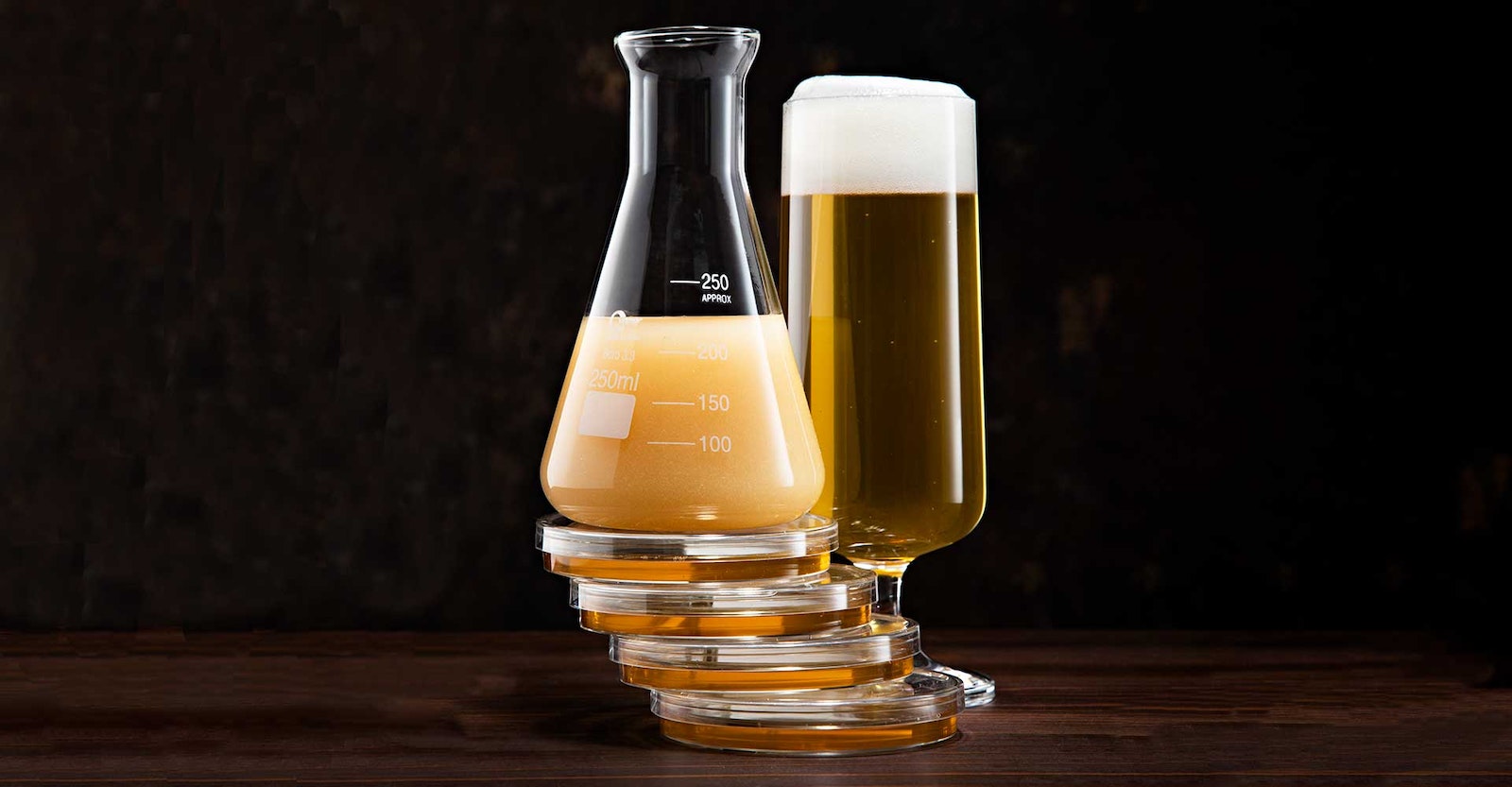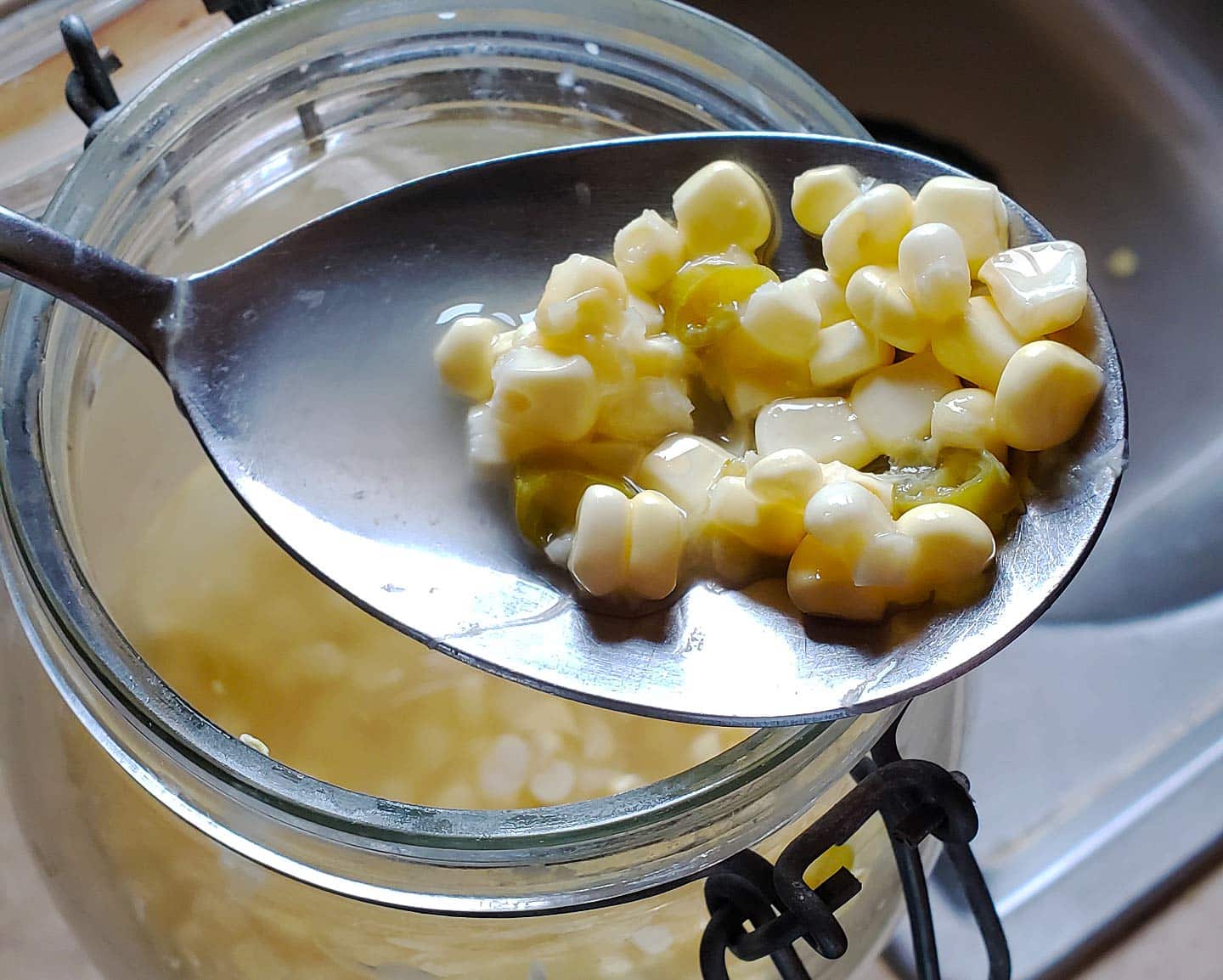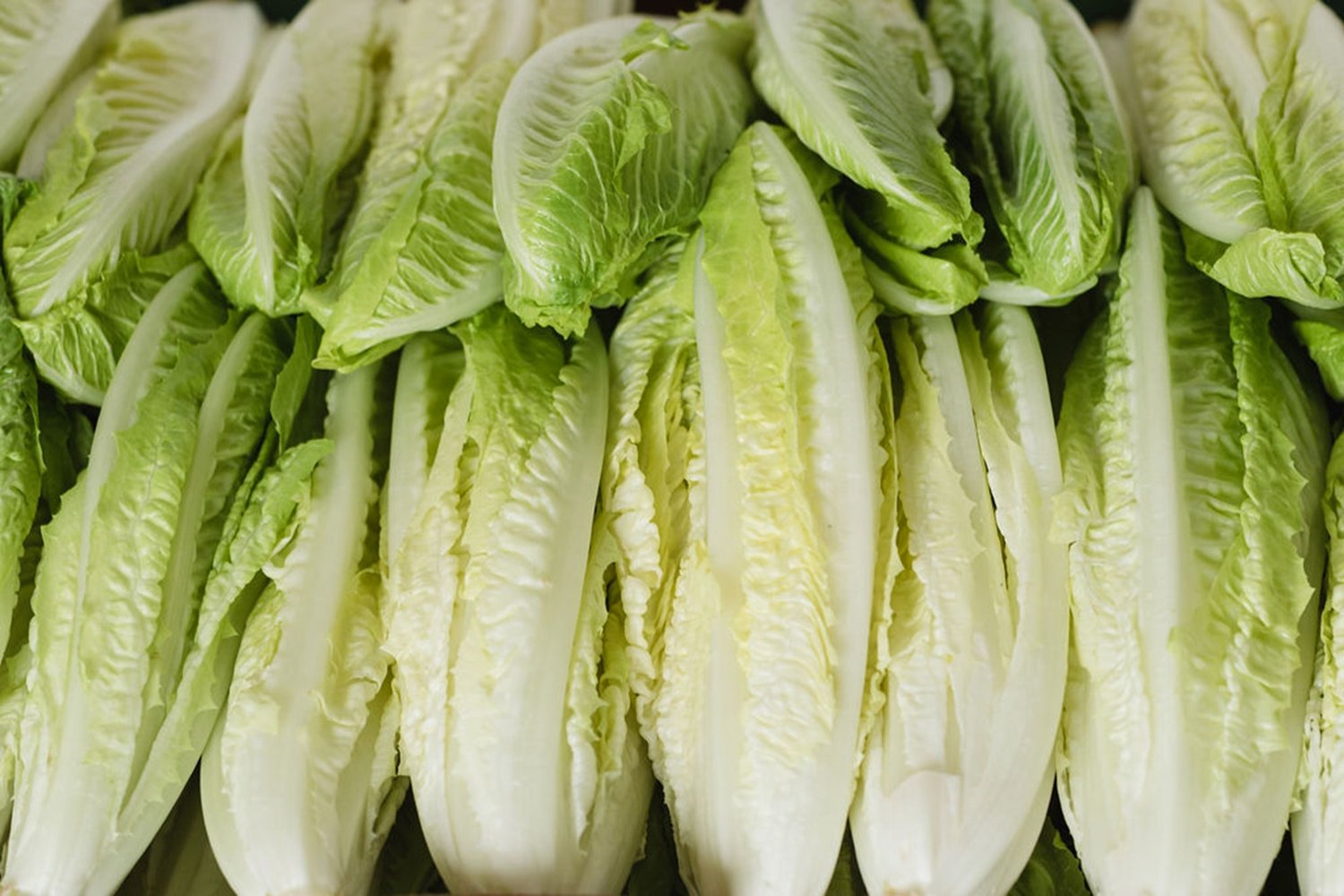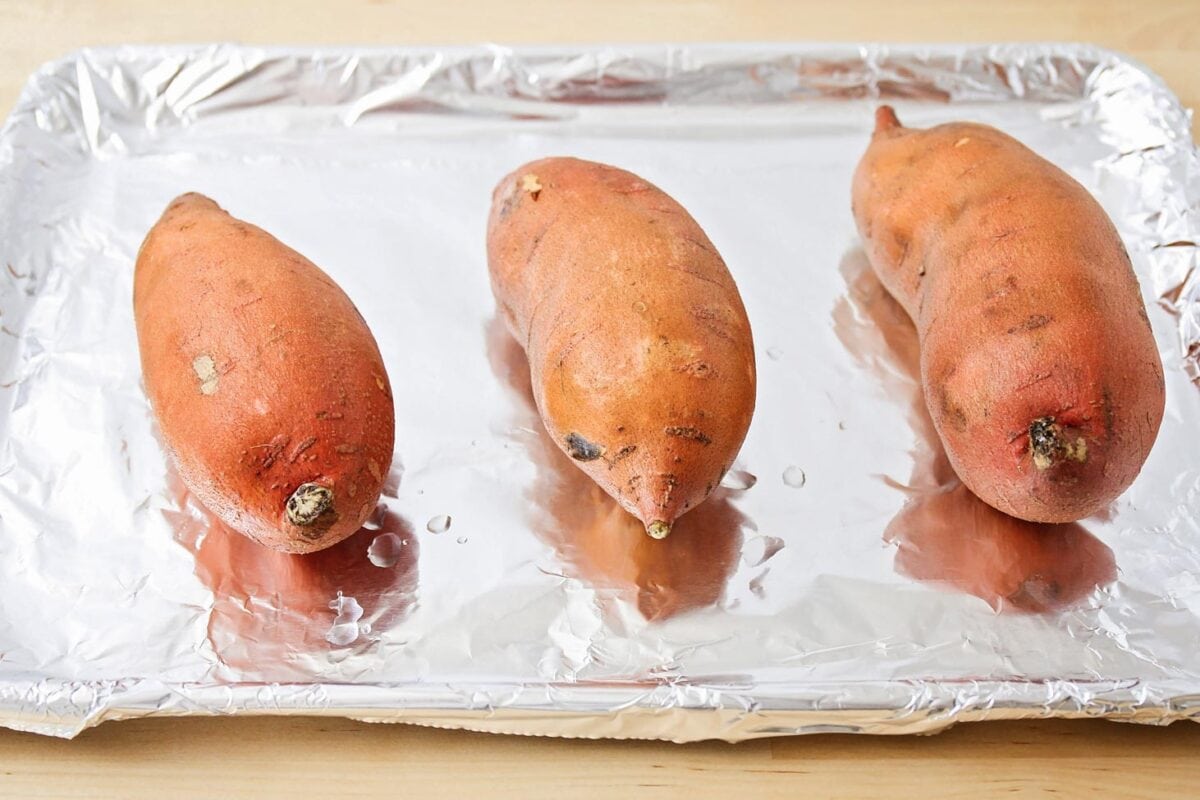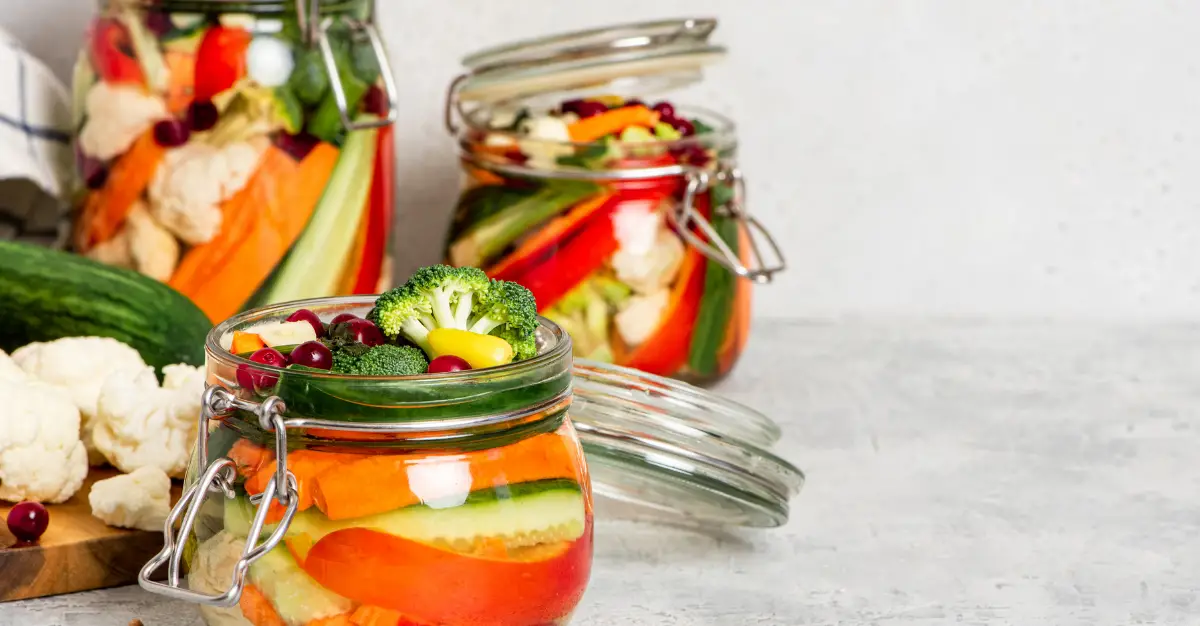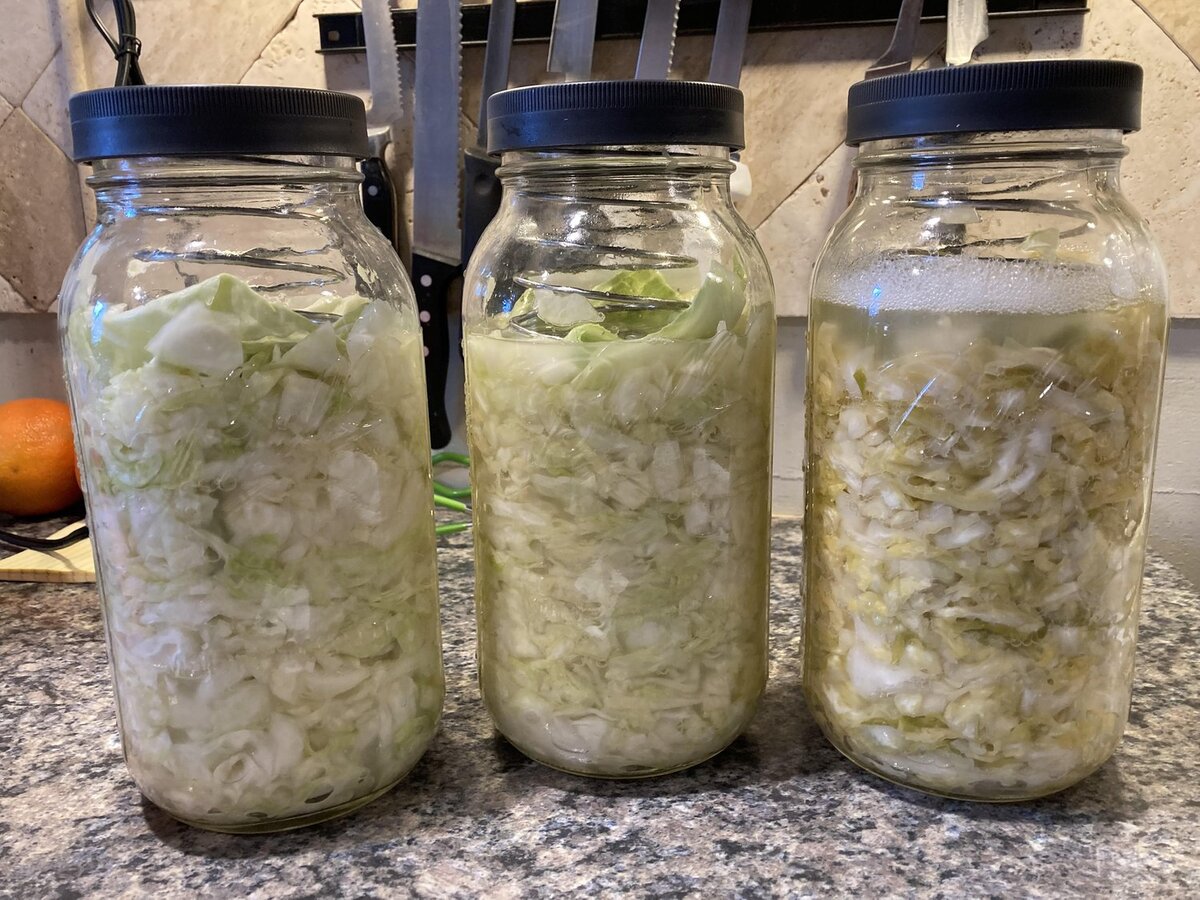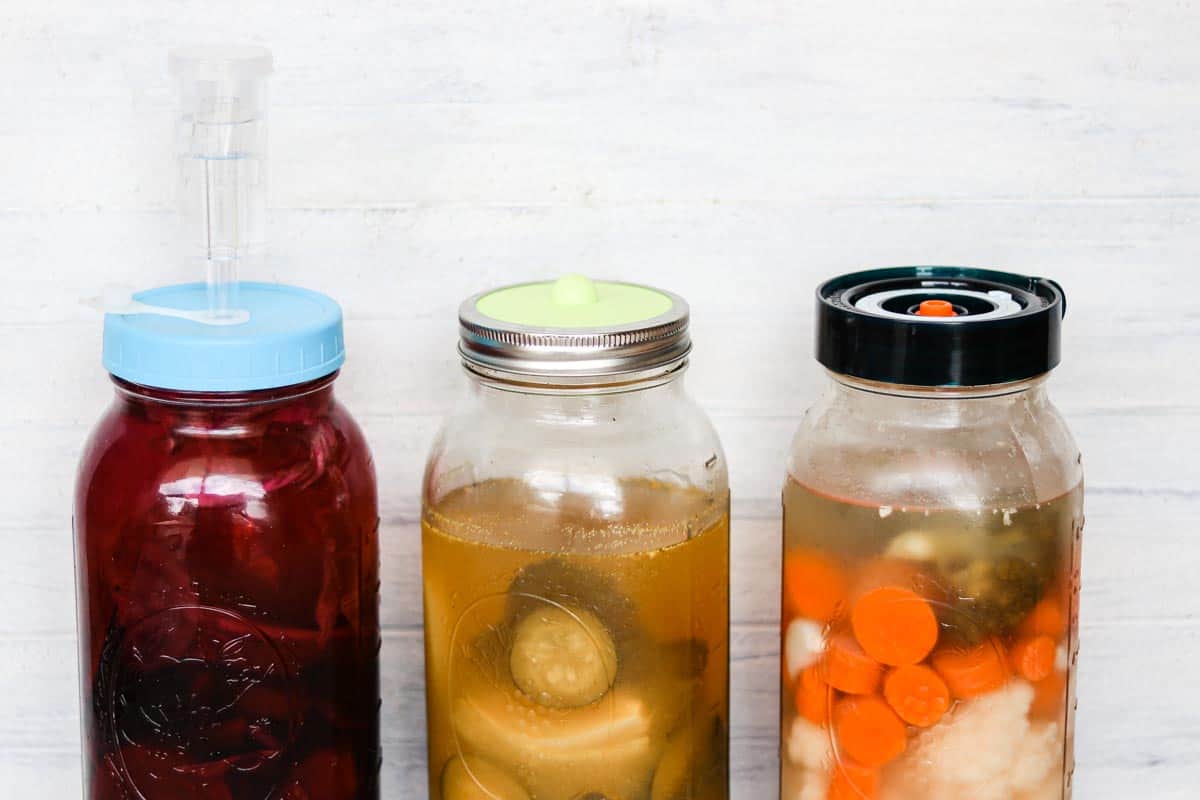Welcome to the World of Sweet Wine Fermentation
Have you ever wondered how sweet wine is made? It’s a fascinating process that involves the fermentation of grapes to create a deliciously sweet and flavorful beverage. In this guide, we’ll walk you through the steps of fermenting sweet wine at home, so you can enjoy the fruits of your labor in no time.
Choosing the Right Grapes
The first step in fermenting sweet wine is choosing the right grapes. For sweet wine, it’s best to select grapes that are naturally high in sugar, such as Muscat or Riesling. These varieties are known for their sweetness and are perfect for making delicious sweet wine.
Gathering Your Equipment
Before you begin the fermentation process, you’ll need to gather the necessary equipment. This includes a large fermentation vessel, an airlock, a hydrometer, and wine yeast. Make sure all of your equipment is clean and sanitized to prevent any unwanted bacteria from affecting the fermentation process.
The Fermentation Process
Now that you have your grapes and equipment ready, it’s time to start the fermentation process. Here’s a step-by-step guide to fermenting sweet wine:
- Crush the Grapes: Start by crushing the grapes to release their juices. You can do this by hand or by using a grape crusher.
- Transfer to Fermentation Vessel: Once the grapes are crushed, transfer the juice and pulp to the fermentation vessel.
- Add Wine Yeast: Sprinkle the wine yeast over the grape juice to initiate the fermentation process.
- Monitor the Fermentation: Place an airlock on the fermentation vessel to allow carbon dioxide to escape while preventing oxygen from entering. Keep an eye on the fermentation process by using a hydrometer to measure the sugar levels and alcohol content.
- Wait Patiently: Fermentation can take several weeks to complete. Be patient and allow the yeast to work its magic.
- Rack the Wine: Once fermentation is complete, rack the wine to separate it from the sediment. This will help clarify the wine and improve its flavor.
- Bottle and Enjoy: Finally, bottle your sweet wine and let it age for a few months to develop its full flavor. Then, sit back, relax, and enjoy the fruits of your labor!
Tips for Success
Here are a few additional tips to help ensure successful sweet wine fermentation:
- Keep everything clean and sanitized to prevent contamination.
- Monitor the temperature of the fermentation vessel to ensure it stays within the optimal range for the yeast.
- Consider adding sulfites to the wine to prevent oxidation and spoilage.
- Taste the wine throughout the fermentation process to track its progress and make any necessary adjustments.
Conclusion
Fermenting sweet wine at home can be a rewarding and enjoyable experience. By following these steps and tips, you can create your own delicious sweet wine that’s perfect for sipping and sharing with friends and family. So, gather your grapes, equipment, and enthusiasm, and get ready to embark on your sweet wine fermentation journey!
Was this page helpful?
Read Next: How To Ferment A Drink

